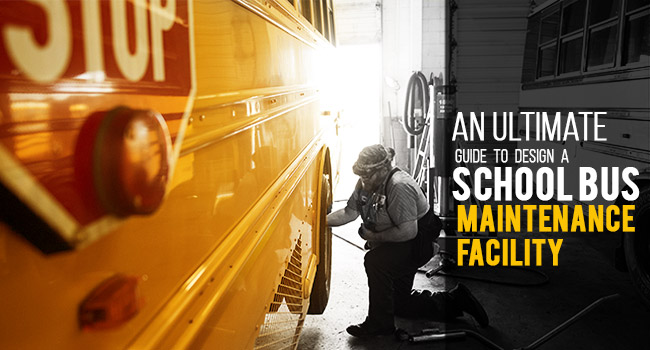Lebanon has a population of 60, 00000 people of which 85% live in the urban areas. Lack of an efficient public transport system has resulted in an increase in passenger car vehicles on the road…
Irresponsible and negligent driving is the main cause of approximately 1200 deaths a year in traffic accidents alone. Poor road infrastructure also contributes to this statistic.
Traffic rules for drivers as well as pedestrians have been stipulated by the Government. But the authorities have been lax in implementing them.
The following are the rules to ensure driver discipline and safety on the roads.
Read Also: 10 Road Safety Tips That Can Save Your Life
Driving License Issuance
- Driving in Lebanon is on the right-hand side of the road.
- The minimum age to obtain a driving license in Lebanon is 18 years.
- A driver needs to be 23 years to rent a car, Minimum age to drive commercial vehicles is set at 21 and school buses at 25
- Driving Licenses are issued after the candidate passes a mandatory written and practical driving test. They are renewed every 10 years.
Driver rules
- Drivers are to carry a valid driver’s license, registration and insurance documents while driving.
- Drivers cannot drive motor vehicles without registration and license
- Drivers cannot drive an impounded vehicle.
- Drivers should comply with the traffic lights, should not overrun the red signal and stop when required
- Drivers should give way to aged and disabled persons and students.
- They should give priority to ambulances, fire engines, police and other government vehicles.
- Drivers should not use radar detection methods.
- Drivers should not drive under fatigue.
- Drivers should not block intersections.
- They should give preference to vehicles inside of a roundabout.
- They should refrain from making illegal U-turns and performing acrobatics on the road
Speed limit
- Speed limits set by the road safety authorities in Lebanon is a maximum of 50kph in urban areas and 100kph in rural areas.
- Driving under the speed limit by 20Km/h is not allowed.
- Driving over the speed limit by 60km/h attracts maximum fine, vehicle seizure and a jail term.
- Over-speeding, racing and dangerous driving are not allowed and are punishable offences.
Drink/Drug driving
- Driving under the influence of alcohol and drugs is prohibited.
- Even though the legal limit in drinking and driving is 0.5g/l, the authorities have adopted 0% tolerance towards driving after drinking.
- A graded fining system exists for driving under the influence of blood alcohol concentration levels of 0.5-0.8g/l, 0.8-1g/l, and for above 1g/l heavy fines, seizure of vehicle and jail term is imposed.
- No open alcohol containers are permitted in a vehicle on road.
Vehicle safety rules
- Seat belts are compulsory for both front and rear passengers in all vehicles.
- Helmets are compulsory for cyclists and motor-cycle riders.
- Cyclists should use side mirrors.
- Cars should not have dark tinted windows.
- Vehicles on the road should have their light on at all times.
- Using mobile phones while driving is prohibited. A hands-free system can be used.
- Signal lights and high beam lights are to be used only when necessary.
- Hazard lights have to be switched on when the vehicle is broken down or when there is an obstruction on the road.
- Hazard triangle in the vehicle is mandatory.
- Dangling any part of the body outside while the vehicle is in motion is not allowed.
- Registration plates have to be displayed clearly on the vehicles.
Passenger restrictions
- Children under the age of 5 years have to be seated and buckled in a car seat.
- Children under the age of 10 years should not be seated in the front seat and should not be transported on motor cycles
Parking regulations
- On-street parking is normally allowed for a maximum of two hours.
- Vehicles should not be parked in no-parking zones, pedestrian walkways and crossings or in slots reserved for the disabled.
- Vehicles for sale should not be displayed or parked in public parking spaces.
Accident rules
- A vehicle involved in an accident has to be moved to the side of the road
- Causing accidents, not stopping immediately or performing a hit and run attract heavy fines, seizure of vehicles and jail terms.
Read Also: 8 Road Safety Tips for Motorists
Pollution rules
- Vehicles with carbon emission beyond the legal limits are penalized.
- Noise pollution and Littering are not permitted.
Pedestrian rules
- They have to respect the traffic signal lights and use the pedestrian crossings
- They are to use assigned bridges and tunnels to cross busy roads.
- Entering and exiting vehicles 25 meters close to intersections, signals or roundabouts in not permitted.
Violation of each one of the above traffic rules in Lebanon is a punishable
Fines ranging from 200,000 LL to 1,000,000LL are imposed on violators. Major and repeated traffic
If citizens of Lebanon strictly follow the comprehensive set of traffic rules fatality rate can be reduced.
A change in the attitude of drivers, strict implementation of the rules and a better understanding of safety issues is essential.
Many organizations have been formed to create an awareness of road safety among the people and drivers.

